BEST PERENNIALS FOR SPRING GARDENS
If you are starting a new garden, or if your garden could use a boost of early season color, here’s a list of easy and reliable plants that are guaranteed to please. All are perfect partners for spring bulbs such as daffodils, tulips, fritillaria and scilla. You'll enjoy 4 to 6 weeks of flowers while you're waiting for the peonies and clematis to open!
Note that many of these plants prefer partial shade and need relatively consistent moisture. This means they’re not a solution for every garden. But all of them are hardy, long-lived and easy to grow. If you struggle with deer, you’ll be happy to know that every one of these plants also happens to be deer resistant.
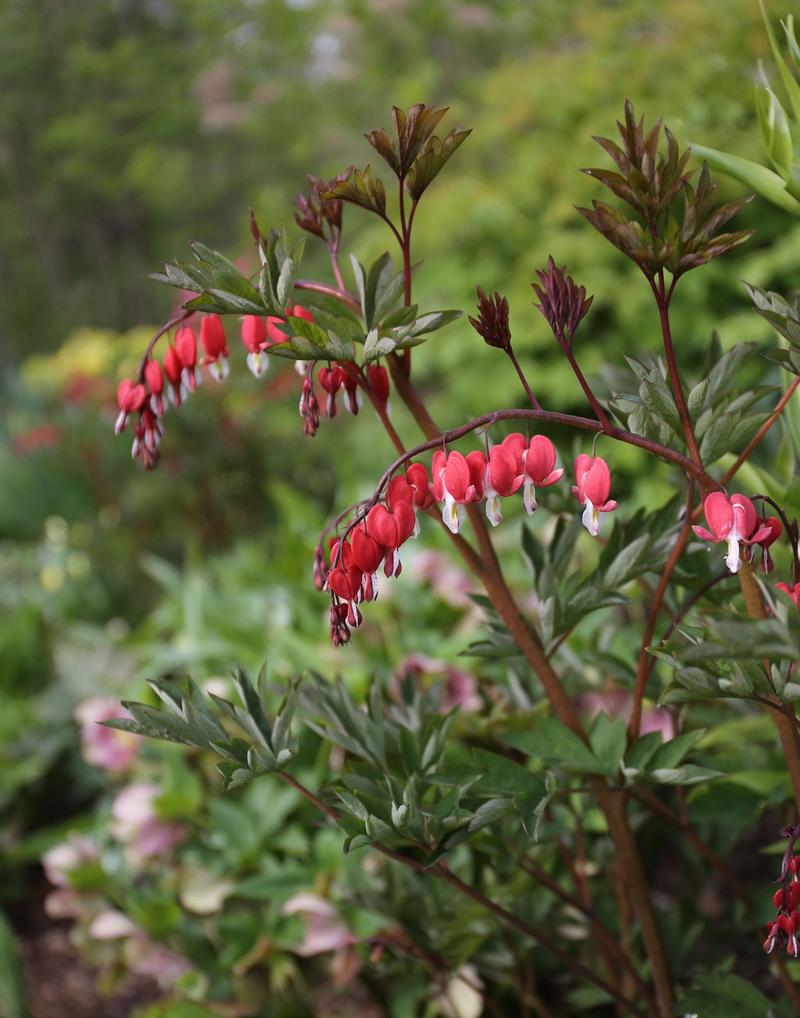
Dicentra/Bleeding Heart
This plant is named for its heart-shaped flowers. There are two types. The traditional one is Dicentra spectablis and it starts blooming along with the daffodils. It grows 3 feet tall and displays its flowers in a row on slender, arching stems. The flowers can be deep pink, red or white. After flowering, it dies back to the ground. The other type grows 6 to 10” tall and displays smaller clusters of hearts. It begins blooming a few weeks later than the other type and retains its fern-like foliage all season.
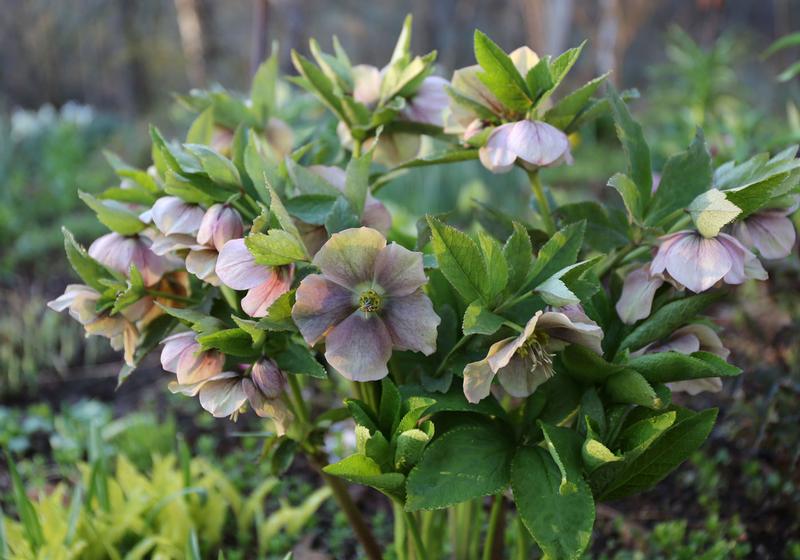
Hellebore
A clumping-forming plant with leathery leaves and flowers that resemble roses. The plants grow 12-18” tall and the downward-facing flowers are borne in clusters. The earliest-blooming is Helleborus niger, with white flowers. Helleborus orientalis has both single and double flowers in a wide range of colors, from cream through pink and burgundy. After the flowers fade, the calex remains, extending the show for another few weeks.

Primula/Primroses
There are many different types of primulas and quite a wide range of flower forms and plant styles. Primula hybrids come in the widest range of color options, but cowslips and drumstick primroses are also excellent plants. Some types are more rugged and longer-lived than others. For best results, find and seek out varieties recommended for your location.
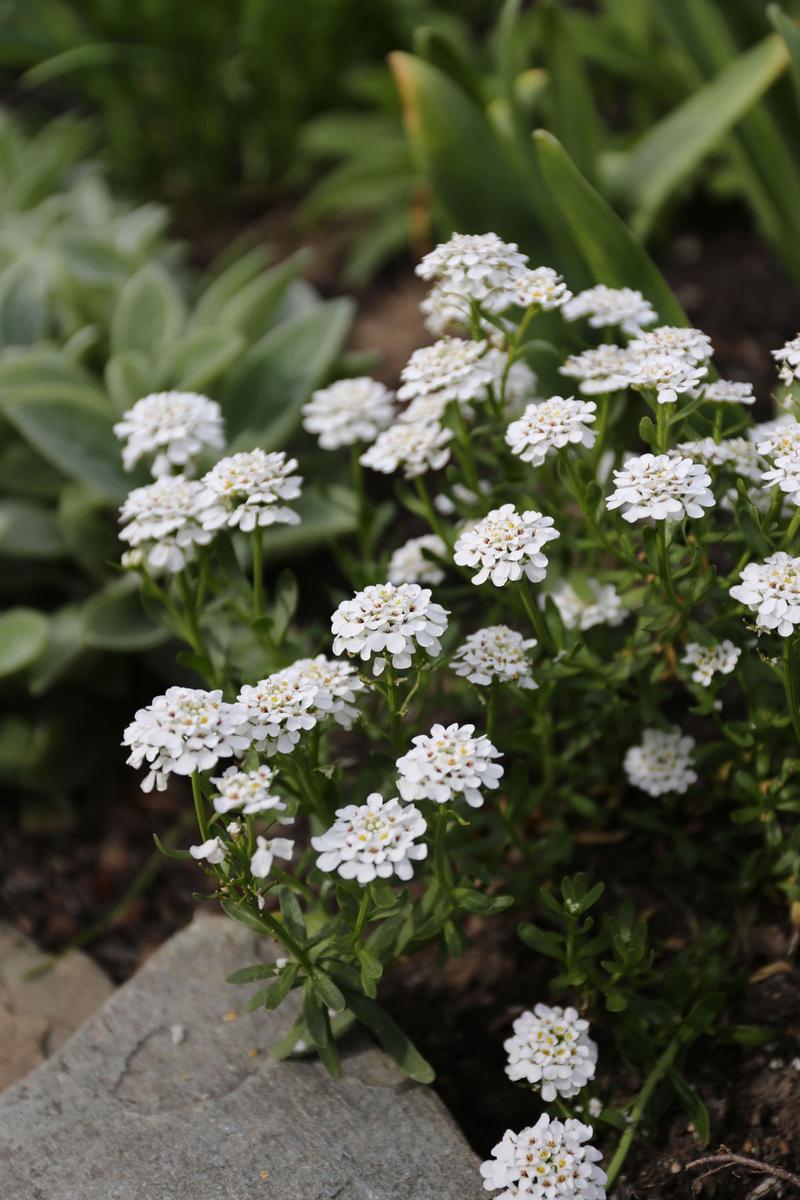
Iberis/Candytuft
This creeping perennial grows just 6 to 12” tall and it retains its leathery foliage almost year-round. Candytuft is a great plant for any sunny nook, especially in or near a rock wall. The blinding white flowers last for weeks.

Tiarella/Foamflower
Easy, long-lived plants that are related to heuchera. Leaves are smaller, have a fuzzy surface and may display red or purple veins. Plants are 8 to 12” tall. Pale pink, bottle-brush flowers. Native varieties spread by stolons or runners and are a good ground cover. Named varieties such as ‘Sugar and Spice’ or ‘Pink Skyrocket’ tend to stay where they are planted.
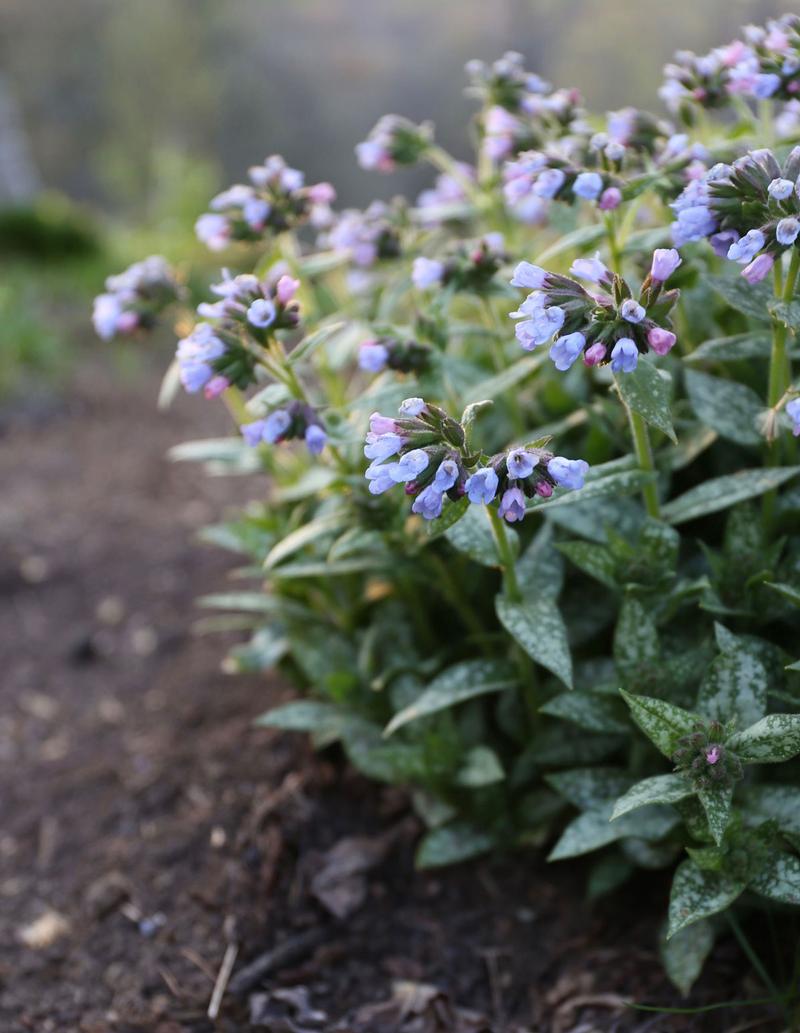
Pulmonaria/Lungwort
A lovely plant with a mounding habit that grows 12-18” tall. The soft, slightly hairy leaves are speckled with white spots. Blooms prolifically, producing flower clusters that typically have a mix of blue and pink florets. Bees love it.
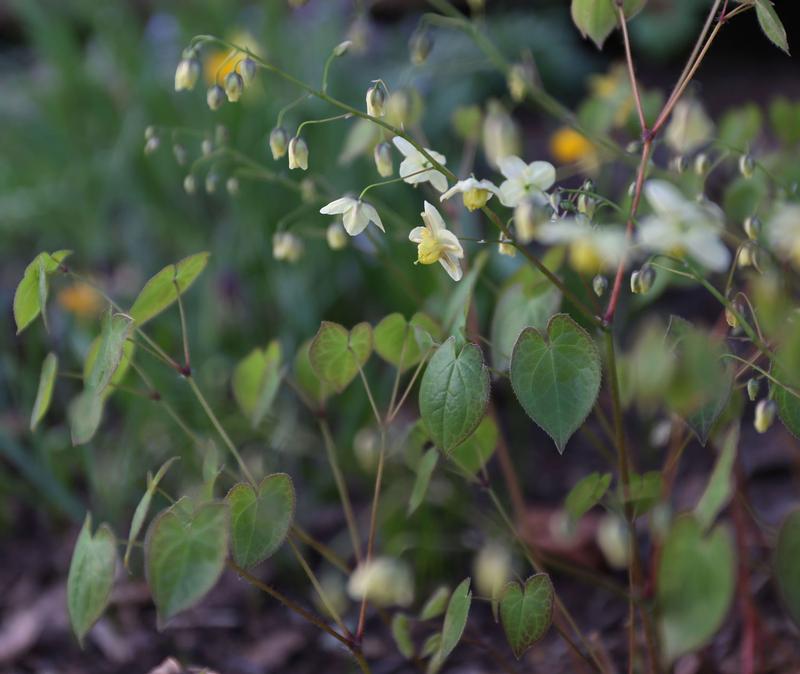
Epimedium/Barrenwort
This graceful, well-mannered plant grows 12-18” tall and has heart-shaped leaves that often display attractive reddish edges early and again late in the growing season. Small flowers resembling parasols, are displayed in airy clusters. Flower colors range from white and pink to yellow and orange. Tolerates dry shade.
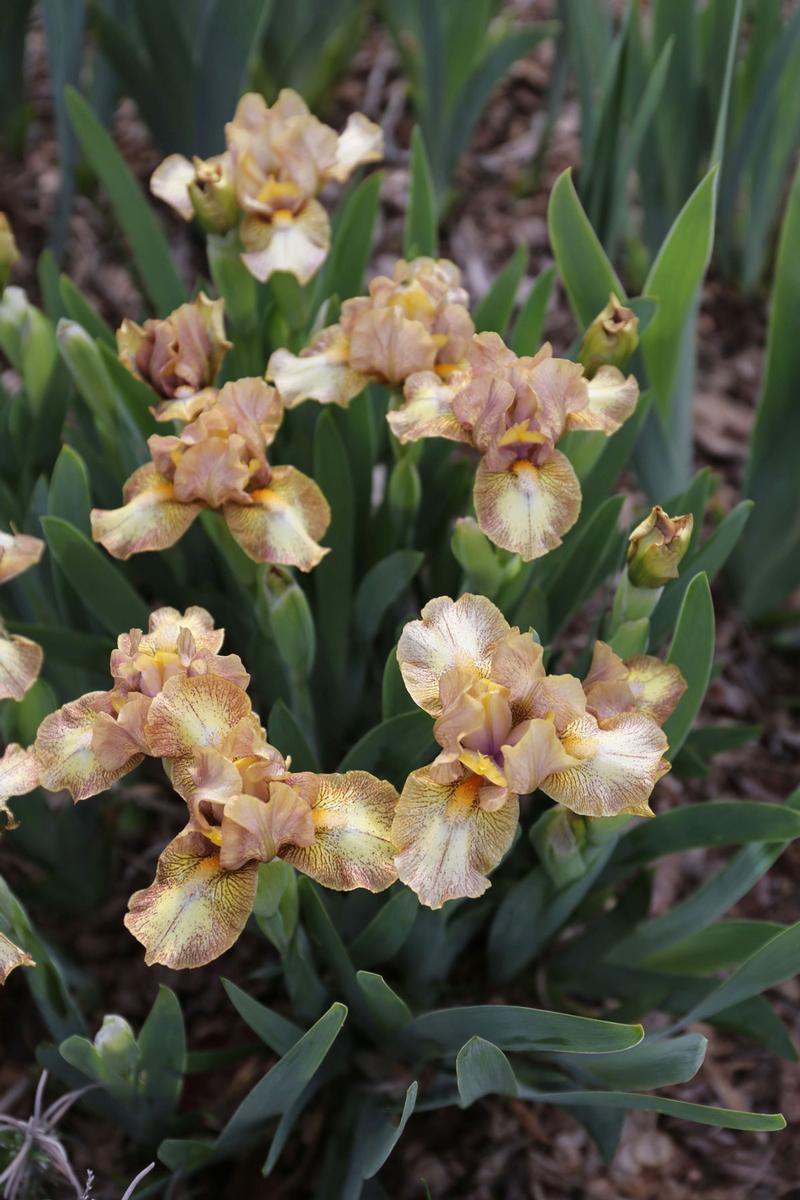
Miniature Iris
There’s a whole world of little iris and they bloom a full 3 weeks earlier than the tall bearded ones. Earliest are the tiny crested iris, which are no more than 3” tall. Dwarf bearded iris grow just 5 to 12” tall and look like miniature versions of their larger cousins. The flowers come in almost every color of the rainbow.
Foliage plants also play a valuable role in a spring garden. These include hostas, ferns, heuchera, lady's mantle and sedums. And don't forget to plant bulbs! From the first snowdrops to the last of the late tulips, they are always the jewels of any spring garden.
To learn more, you may be interested in reading: Earliest Bulbs for Spring Gardens, How to Plan a Spring Bulb Garden and Bloom Time Chart for Spring and Summer Bulbs.


